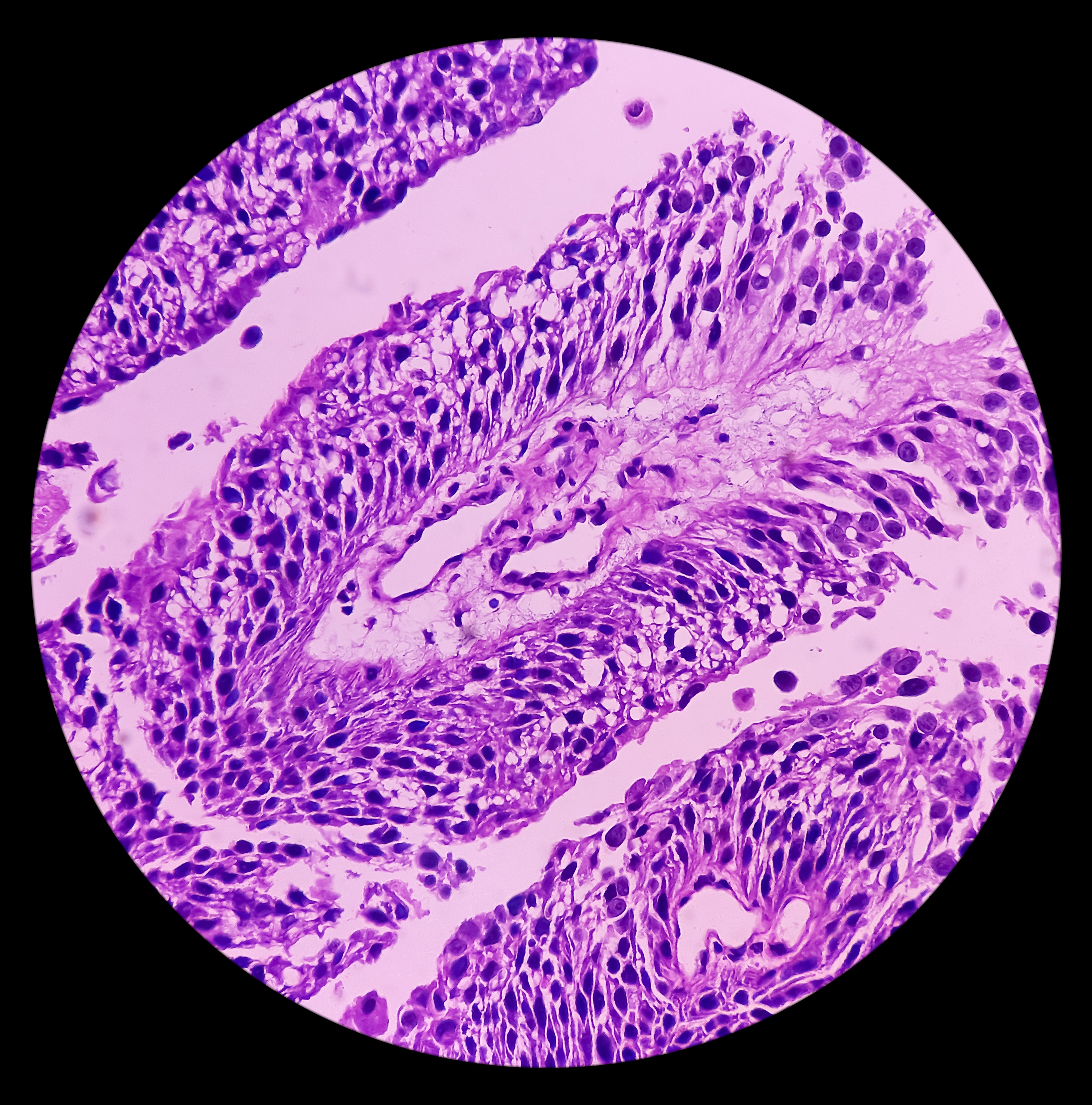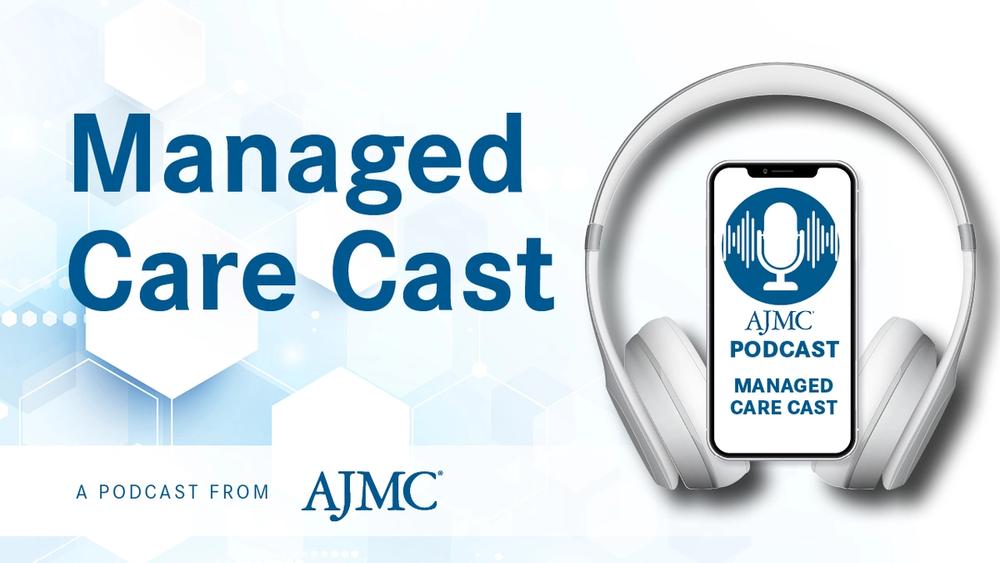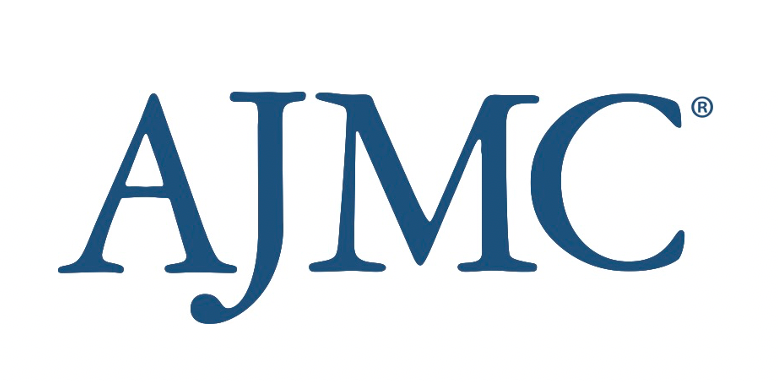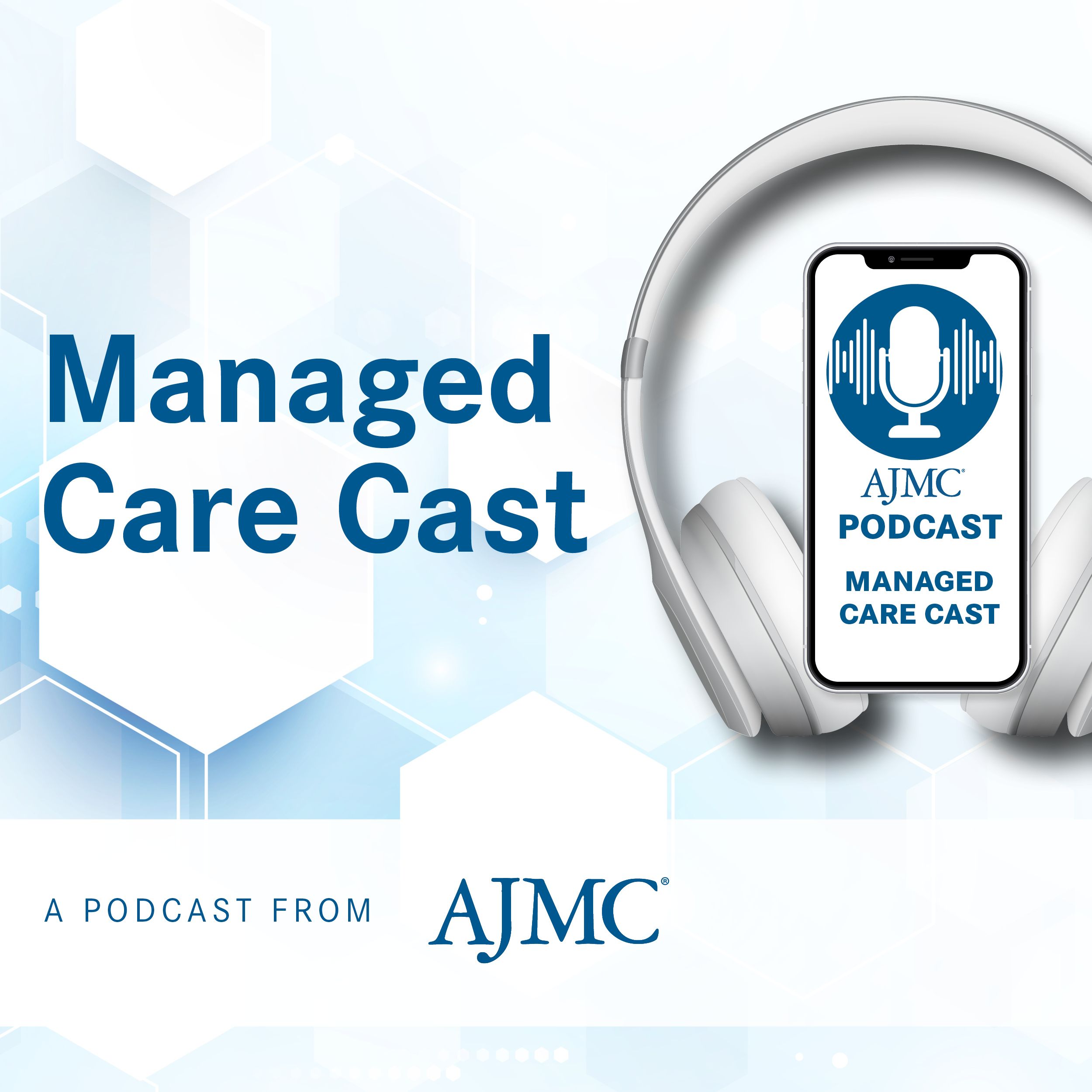News
Article
ASCO GU Posters Address Cost-Effectiveness, Implementation Barriers for New mUC Treatments
Author(s):
Key Takeaways
- Enfortumab-vedotin plus pembrolizumab offers survival benefits but is less cost-effective than gemcitabine and cisplatin plus nivolumab, especially in Europe.
- Healthcare providers face challenges integrating new therapies due to knowledge gaps, individualizing treatment plans, and differentiating regimens.
Health systems are facing hurdles to implementing new and effective metastatic urothelial carcinoma (mUC) therapies into practice due to high costs and a lack of targeted initiatives to aid health care providers with integration.
Health systems are facing hurdles to implementing new and effective metastatic urothelial carcinoma (mUC) therapies into practice due to high costs and a lack of targeted initiatives to aid health care providers with integration. | Image Credit: MdBabul - stock.adobe.com

High costs and a lack of support for health care providers (HCPs) are hindering the integration of new, effective metastatic urothelial carcinoma (mUC) therapies into practice, according to data presented at the 2025 American Society of Clinical Oncology Genitourinary Cancers Symposium.1,2
Cost-Effectiveness Analysis
A cost-effectiveness analysis shows that while newer mUC treatments like enfortumab-vedotin plus pembrolizumab (EV + P) offer significant survival advantages, gemcitabine and cisplatin plus nivolumab is more economically viable, especially in Europe, based on findings from the first poster.1
Gemcitabine and cisplatin doublet chemotherapy is the current standard of care treatment for patients with mUC because it improves tolerability and has similar anticancer activity as the combination of methotrexate, vinblastine, doxorubicin, and cisplatin.3 The standard-of-care lifetime drug costs are about $458,006 for gemcitabine and cisplatin.1 However, first-line therapies like EV + P, along with gemcitabine and cisplatin plus nivolumab, show substantial overall survival advantages over the standard treatment.
The researchers utilized clinical data derived from the phase 3 CheckMate901 (NCT03036098) and EV302/Keynote-A39 (NCT04223856) trials to perform a cost-effectiveness analysis for mUC treatment. Researchers sought to identify the optimal treatment from a socioeconomic standpoint, focused on Germany and the US. The study compared the incremental cost-effectiveness ratio (ICER) for each treatment modality across various willingness-to-pay (WTP) thresholds.
Gemcitabine and cisplatin plus nivolumab combination therapy costs an average of $597,802 and EV + P costs an average of $1,228,455. These combinations achieved quality-adjusted life-years (QALYs) of 1.71 and 2.31, respectively. The ICERs for newer treatment strategies were $281,142 for gemcitabine and cisplatin plus nivolumab and $700,448 for EV + P.
In Germany, gemcitabine and cisplatin plus nivolumab emerged as the more cost-effective option between the 2 new therapy options, at a commonly accepted WTP threshold of $100,000. For EV + P to achieve cost-effectiveness, a 46% (US: 82%) price reduction would be necessary. The combination of EV + P nearly doubles the QALYs compared with the current standard treatment, but a strict socioeconomic perspective may not justify the associated costs.
“Gemcitabine and cisplatin plus nivolumab should be considered for first-line therapy due to its favorable cost-effectiveness, particularly in Europe,” study authors concluded.
By identifying individual risk factors, therapeutic responses can be optimized while future treatment costs are managed.
Challenges and Opportunities in Implementation
The approval of pembrolizumab with enfortumab-vedotin in the first-line setting has shifted the treatment landscape for patients with mUC, according to data from the second poster.2 However, HCPs are having trouble integrating these novel therapies into clinical practices due to knowledge gaps.
Between February 2024 and April 2024, researchers surveyed 60 multidisciplinary oncology team members in various regions across the US to assess providers’ current practices and challenges regarding biomarker testing, immunotherapy use, and multidisciplinary coordination in mUC care. Afterwards, the team members participated in a networkwide workshop to develop action plans for improving mUC care.
“These data and actionable insights can inform future targeted initiatives to improve integration of evidence-based immunotherapy and combination targeted agents into practice for patients with mUC,” study authors concluded.
HCPs reported some ongoing challenges, including individualizing treatment plans and sequencing (28%), keeping up with clinical evidence (24%), and differentiating available immunotherapy and combination regimens (14%). Additional challenges included providing patient-centered supportive care (12%) and engaging patients in shared decision-making (10%). HCPs routinely tested for PD-L1 (82%), HER2 expression (63%), and alteration (55%), and FGFR (62%). Less than 50% of HCPs tested for PIK3CA and CDKN2A alterations.
Over half of surveyed HCPs (62%) reported feeling confident in applying the latest guidelines to treatment selection, but only 45% of cisplatin-ineligible patients received an FDA-approved first-line immunotherapy combination therapy in the metastatic setting. Most HCPs expressed feeling confident recognizing and managing immune-related adverse events (64%) and reported that adverse events required treatment discontinuation in only 15% of patients.
Only 21% of HCPs felt "fully satisfied" with multidisciplinary coordination/communication, and they believed that improving multidisciplinary collaboration (33%) and provider education on integrating immunotherapy and combination approaches (31%) would improve mUC care.
Following the networkwide workshop, teams developed action plans that included improving multidisciplinary coordination, standardizing and streamlining biomarker testing, and increasing education on treatment sequencing guidelines. After integrating these action plans, 100% of HCPs reported improved or increased alignment with evidence-based guidelines. Overall, HCPs reported that they increased provider education on integrating immunotherapy and combination therapies into practice (71%) and improved multidisciplinary collaboration (71%).
References
- McGregor BA, Patel TH, Chavula T, et al. Assessing practice gaps and challenges for immunotherapy integration in treatment of metastatic urothelial carcinoma. Presented at: ASCO Genitourinary Cancers Symposium; February 13-15, 2025; San Francisco, CA. Poster 694.
- Rieger C, Pfister DA, Schleuchtermann J, et al. Evaluating cost-effectiveness in the evolving treatment landscape for metastatic urothelial carcinoma. Presented at: ASCO Genitourinary Cancers Symposium; February 13-15, 2025; San Francisco, CA. Poster 695.
- Rosenberg JE, Ballman KA, Halabi S, et al. Randomized phase III trial of gemcitabine and cisplatin with bevacizumab or placebo in patients with advanced urothelial carcinoma: results of CALGB 90601 (Alliance). 2021;39(22):2486-2496. doi:10.1200/JCO.21.00286





